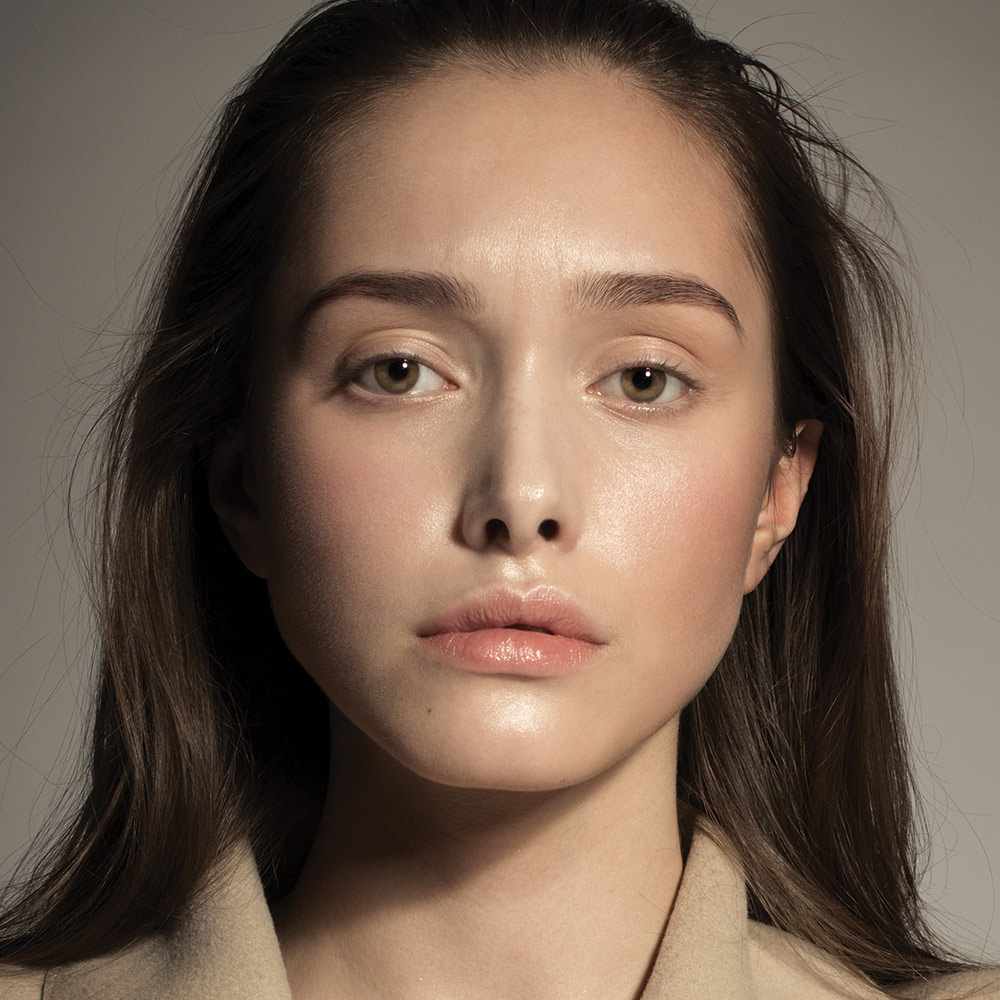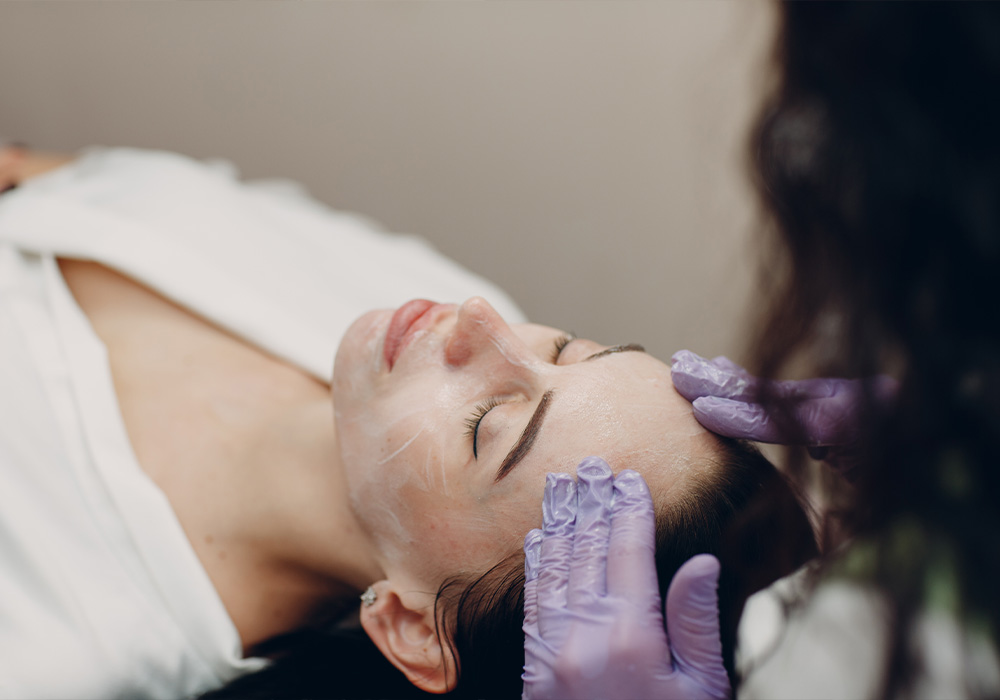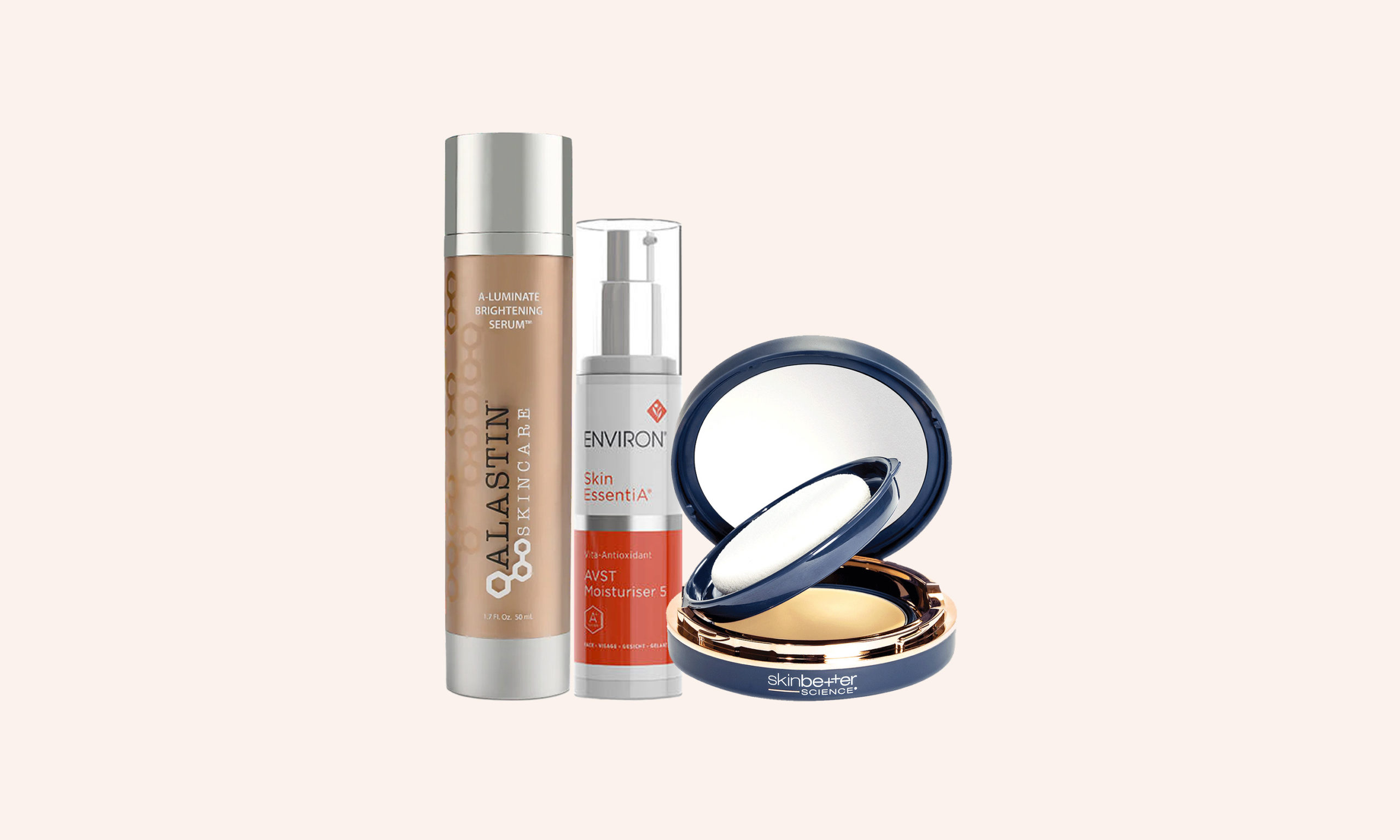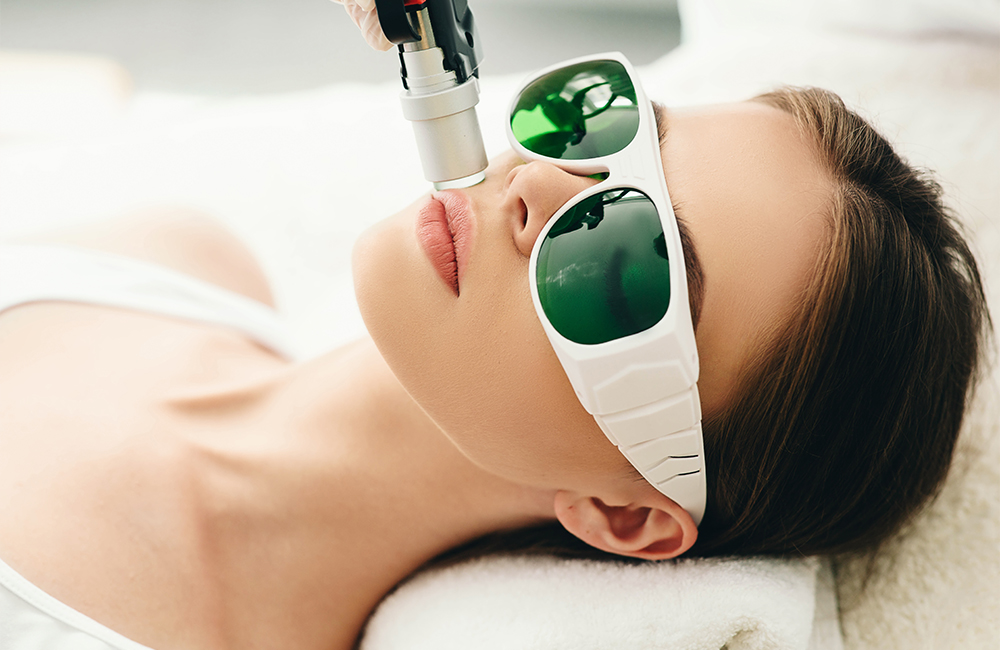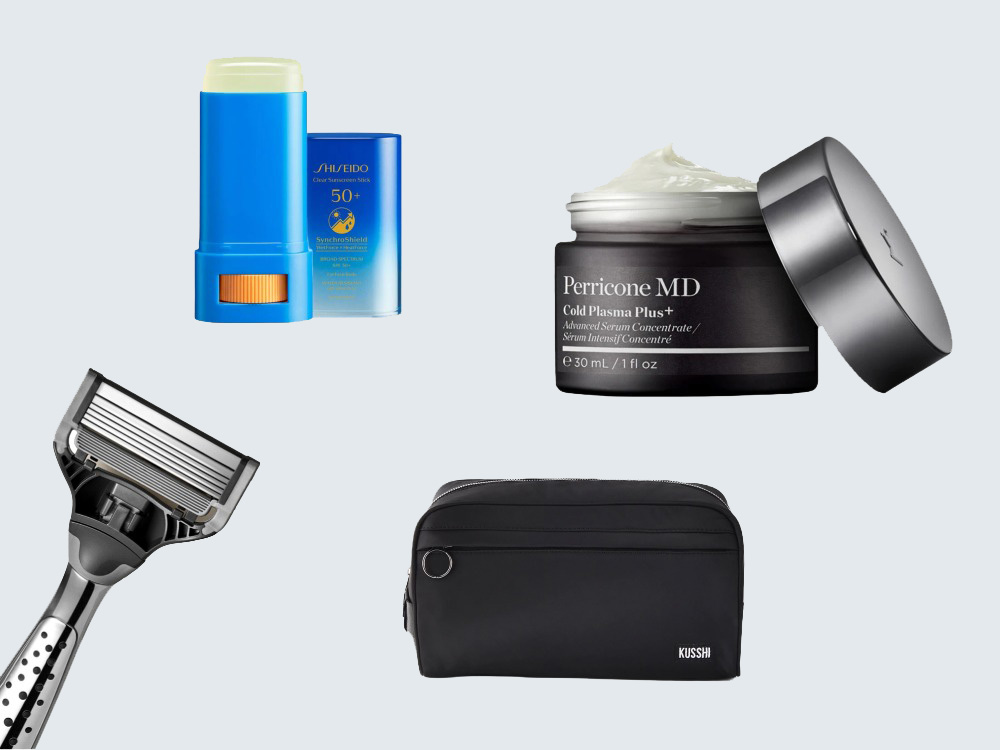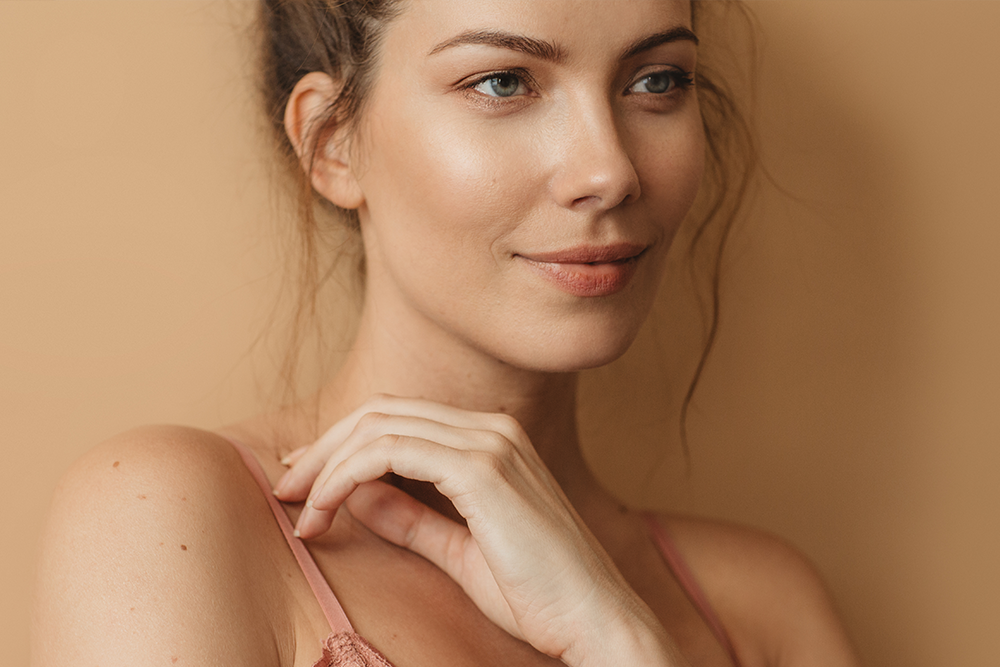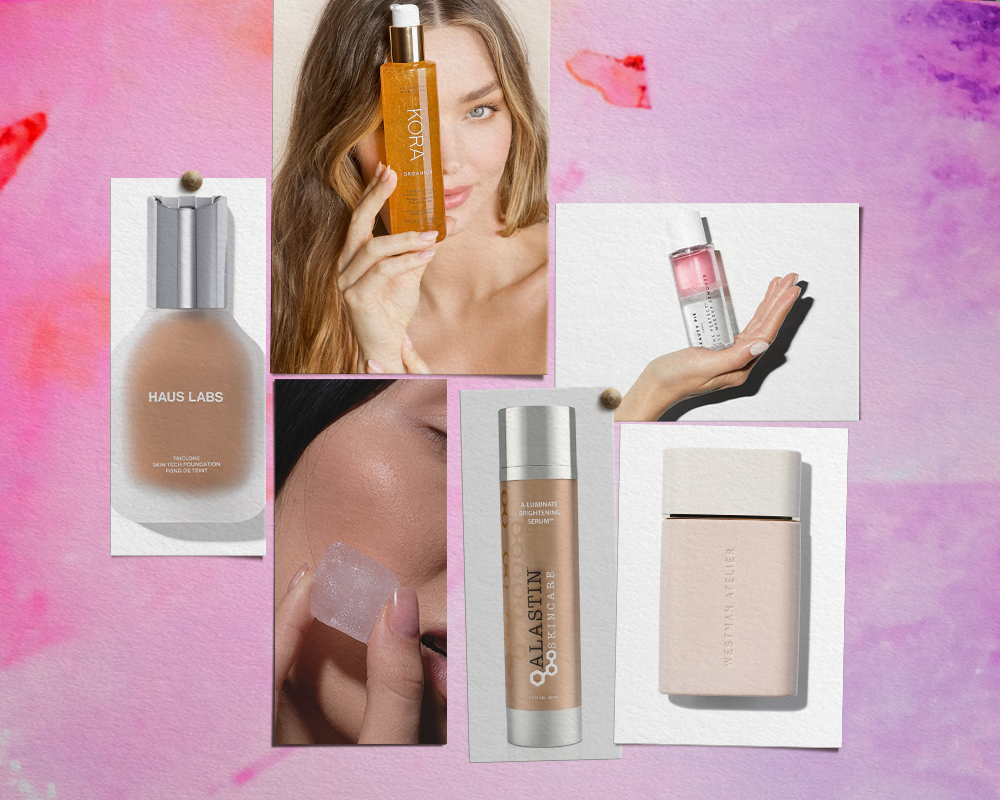
When it comes to getting rid of wrinkles, the first thing that most of us think of—and often go to—is Botox. While the injectable toxin may be the gold standard for smoothing out skin and lessening signs of aging (other neurotoxins like Dysport and Xeomin do the same, as well) there are also a handful of out-of-the-box ways to use this miracle agent.
You May Also Like: What’s Unexpectedly Ruining Your Botox
Reduce Sweaty Armpits
One of the original uses for Botox was to treat excessively sweaty underarms, which is medically known as hyperhidrosis, a condition that affects millions and can be embarrassing. The FDA approved use is, according to New York dermatologist Doris Day, MD, one of the most life changing treatments. “People are thrilled with the fact that they can wear clothes that have color and that they won’t stain their clothing or have the world know that they are nervous or embarrassed,” says Dr Day. In the skin live tiny muscles that contract to push sweat out. Injecting Botox in the armpits prevents the muscles from contracting so that there’s virtually no sweat.

Alleviate Intense Migraines
Years ago, doctors noticed that when they injected their patients with Botox for cosmetic purposes that there was also a decrease in the amount and severity of migraines that were being experienced (in those who had them). A relatively newer on-label use, using Botox around the head and neck as well as between the temples, forehead and into the hairline, can help relax the muscles that tense up during painful headaches and migraines. New York dermatologist Sejal Shah, MD, says that while the exact mechanism of action isn’t known, it’s believed that Botox inhibits sensory pathways that modulate pain in migraines. “It may also reduce muscle contraction that may act as a migraine trigger.” A 2015 study in Cephalagia reported that Botox injections can help reduce the amount of cluster headaches, too.

Eliminate a Gummy Smile
If you show more gum than tooth when you smile, a few injections of Botox may be able to help. This off-label use can help open up your smile and show more of your teeth. “It works by reducing movement in the upper lip by temporarily freezing the muscles that lift the upper lip when smiling, preventing the upper lip from retracting and exposing a significant amount of the gums when smiling,” explains Dr. Shah. However, if the injections aren’t done just right or if too much product is used, your smile can become uneven or distorted and you can even have difficulty pronouncing some words.

Stop a Twitching Eye
Before Botox became known for its ability to smooth out wrinkles, it was originally used to correct eye twitches. “It was originally developed and used to treat muscle twitching around the eyes. This uncomfortable condition was greatly alleviated by the injection of botulinum toxin into the hyperactive muscle,” says New York facial plastic surgeon Konstantin Vasyukevich, MD. “The effects typically last for three to six months.”

Alleviate Depression
“When it comes to using Botox to treat depression, it’s kind of similar as to how it has an effect on migraines,” says Dr. Day. “Expression is tied to emotion as much as emotion is tied to expression. The action of making a facial motion can create emotion, too,” she says. In studies, patients with depression who were treated with Botox either got better or went into remission.

An Overactive Bladder
Best treated by a urologist, Botox can be injected into the wall of the bladder to help control bladder issues and the need to constantly go, which is connected to overstimulated bladder muscles. “To inject in this area, a small scope is passed through the urethra into the bladder and then a needle is passed through the scope. Several injections are made into the bladder,” says Dr. Shah.
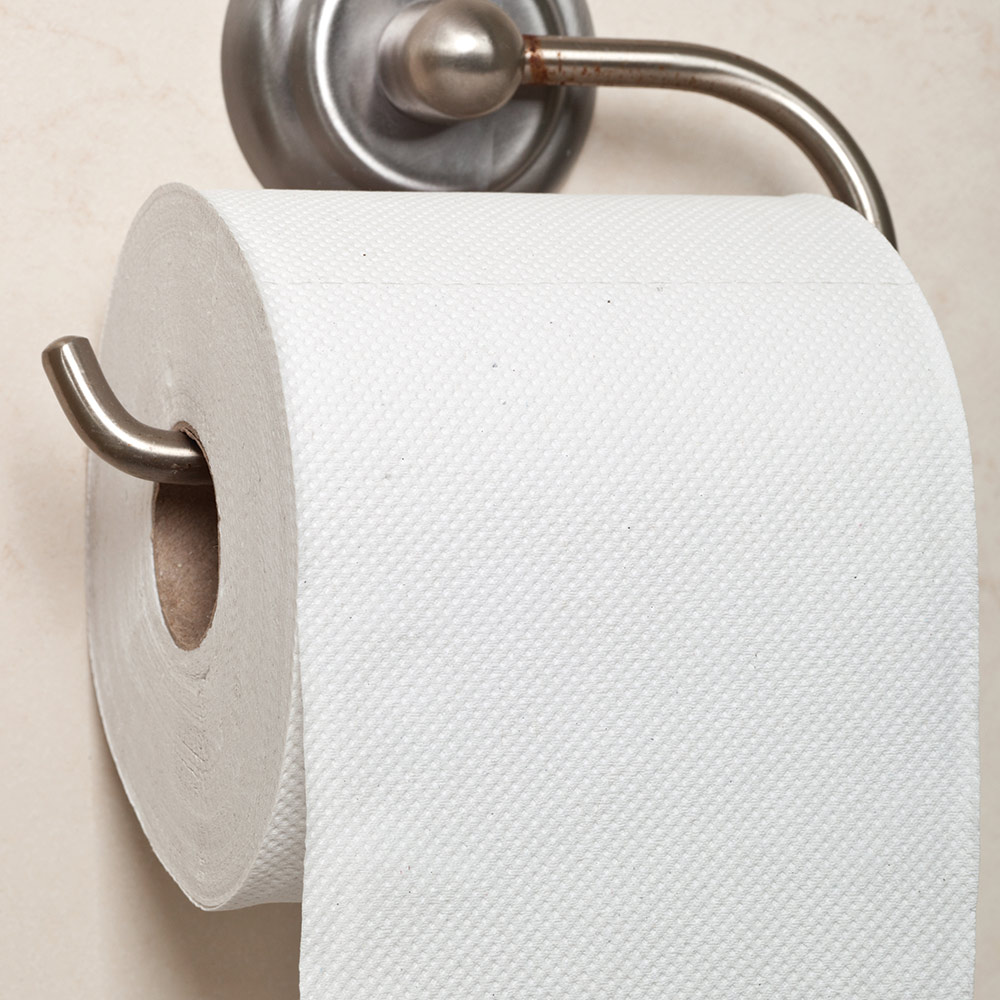
Tightness in the Jaw From TMJ
Constant grinding of your teeth and clenching of your jaw can actually swell the muscles that live at the edge of the jaw and in the scalp. “As these muscles become overgrown, the face can appear off balance,” says Dr. Day. “Injecting those muscles with Botox can soften the angles of the face and release any tension, too.”
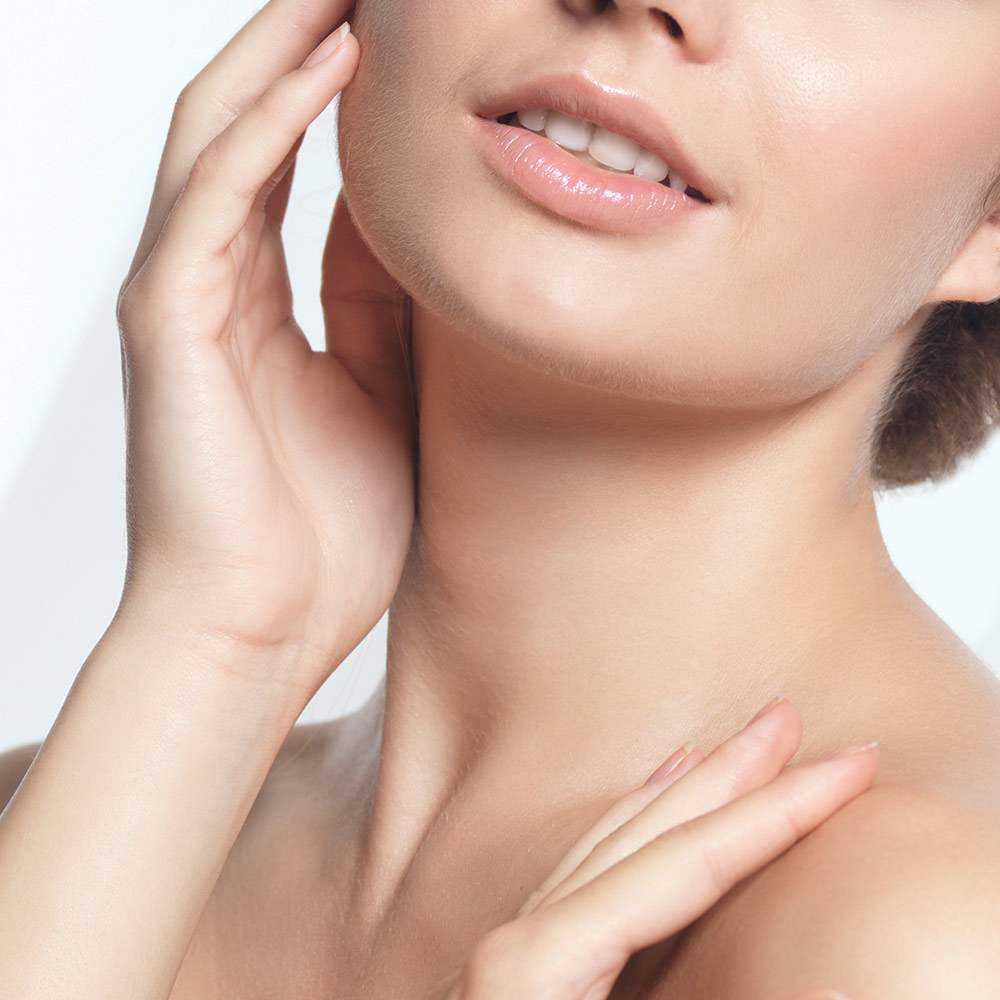
Diminish Voice Disorders
When the vocal cords spasm they can cause problems and disorders with speech. Lasting anywhere from two to four months, Botox can help with involuntary muscle spasms in the vocal cords that happen during speech according to Dr. Shah. “Botox is injected directly into the vocal cord muscles in order to relax these muscles so that the involuntary movements are weakened or eliminated completely. As in other areas, treatment to this area is temporary and usually lasts 2-4 months.”
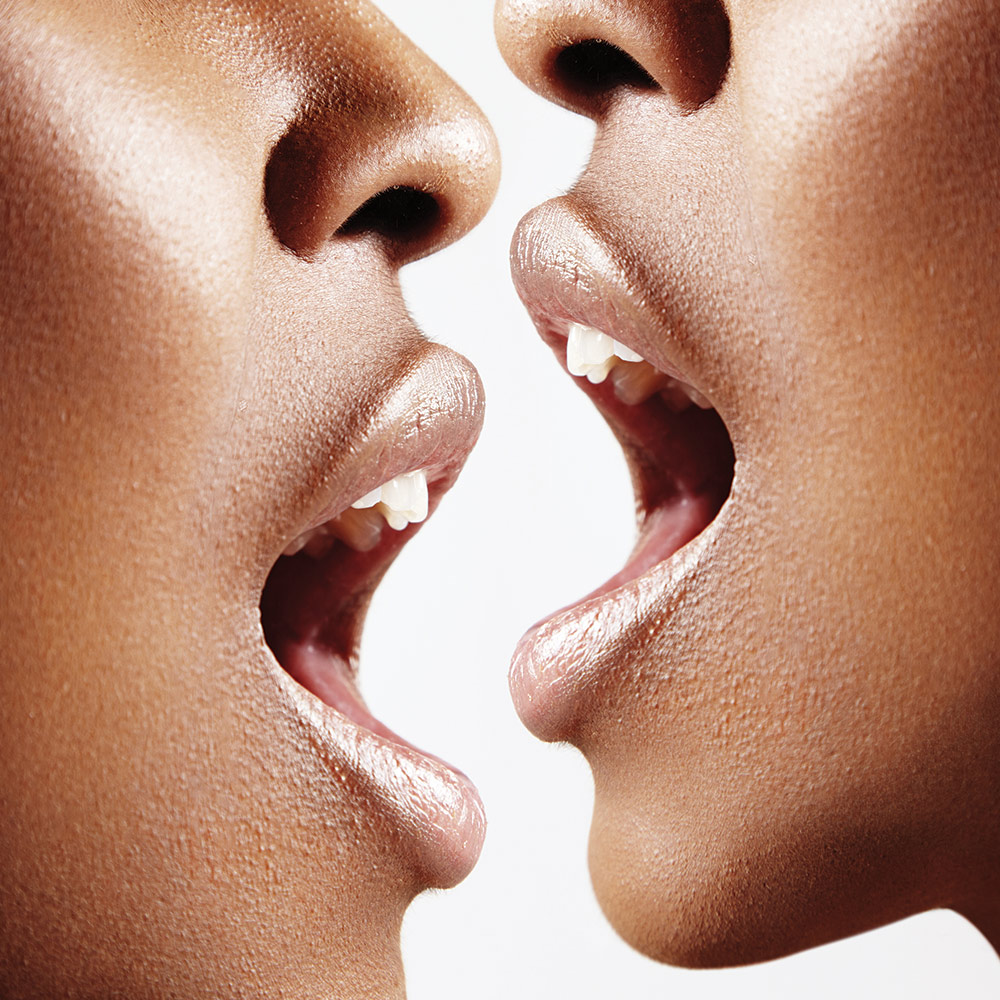
Regulate Overly Oily Skin
According to Dr. Vasyukevich, in addition to reducing excessive sweating under the arms, Botox can also be used to help decrease the production of sebum (the substance that makes skin look oily) on the face. “Subdermal injection of Botox can help to temporarily treat oily skin and reduce the size of the pores.”
